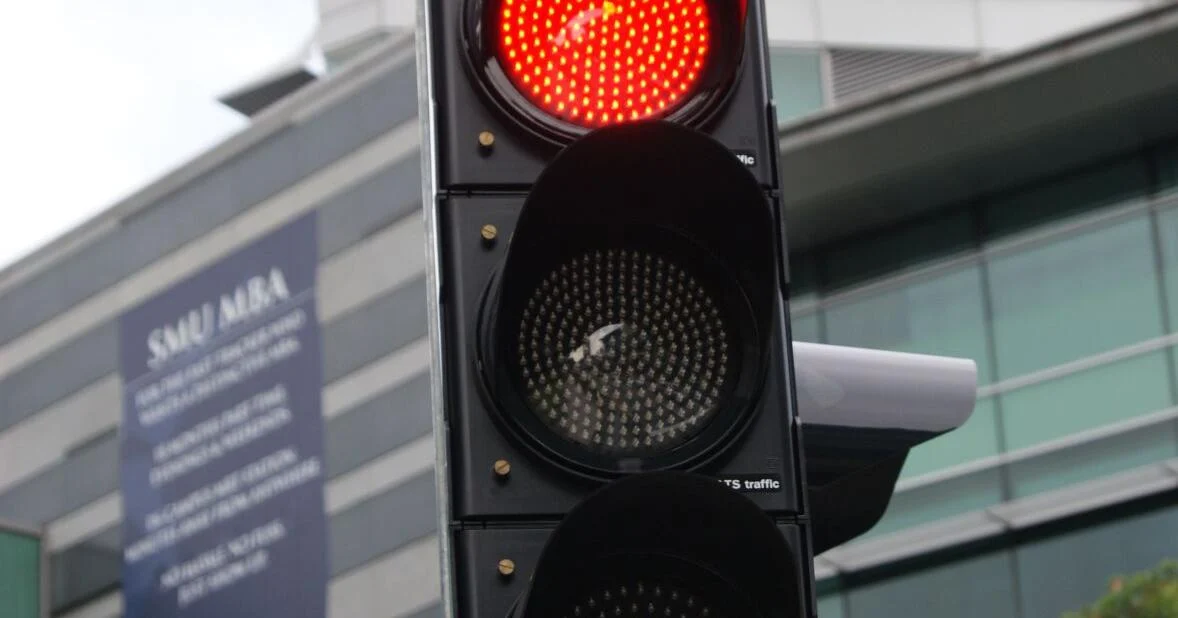Imagine yourself cruising down the stunning Oregon Coast Highway, the Pacific Ocean shimmering on your left. You approach a red light, and the car next to you confidently makes a right turn. Do you follow suit? Can you legally make that turn on red in Oregon?
The answer depends. Right turns on red (RTOR) are a common traffic rule across the United States, and Oregon adheres to this practice with some crucial safety considerations. Understanding these rules can save you time, improve traffic flow, and ensure safe driving throughout the state, whether you’re a seasoned resident or a visitor embarking on a scenic road trip. This article will equip you with the knowledge to navigate Oregon’s RTOR regulations confidently.
The Green Light on Right Turns (On Red, That Is!)
Oregon follows the standard RTOR rule as outlined in the Oregon Vehicle Code. However, it’s important to remember that RTOR is a privilege, not a right. Yielding the right of way to pedestrians and oncoming traffic remains the top priority. Here’s the good news: unless otherwise indicated, right turns on red are legal in Oregon.
Making Safe Right Turns on Red: A Checklist for Responsible Drivers
Now that you know RTOR is permitted, let’s delve into the essential conditions for safe execution:
- Come to a Complete Stop: This might seem obvious, but it’s crucial. Rolling stops are not only illegal but also dangerous. Before even thinking about turning, come to a full and complete stop at the red light.
- Yielding is Key: Don’t be tempted to turn if there’s oncoming traffic, including vehicles turning left from the opposite direction. Be especially vigilant at intersections with multiple lanes to ensure no cars are approaching in your intended lane.
- Pedestrians First: Always yield the right of way to pedestrians crossing the street in the direction you intend to turn. Look out for pedestrians using crosswalks and ensure they have ample time to clear the intersection before proceeding.
- Clear Path Forward: Only proceed with the turn if the intersection is entirely clear and allows for a safe maneuver. Don’t block the crosswalk for pedestrians waiting to cross oncoming traffic.
Exceptions: When Right Turns on Red Become a No-Go
While RTOR is generally allowed, there are situations where it’s strictly prohibited. Here’s what to watch out for:
- Posted Signs: These are your most prominent clues. Look for specific traffic signs with a red circle and a white hand displaying a barred right turn symbol. These signs clearly indicate “No Right Turn on Red.”
- Flashing Red Light: A flashing red light signifies a four-way stop. Treat it just like a stop sign. Come to a complete stop, then proceed cautiously after yielding the right of way to all oncoming traffic and pedestrians.
- Double Red Lights: Encountering two red lights is a clear message: no turns allowed. Do not attempt a right turn under any circumstances.
- School Zones: During designated school crossing times, right turns on red are often prohibited to prioritize student safety. Be mindful of school zone signs and flashing yellow lights. These indicate increased caution is required.
- Hazardous Intersections: Certain intersections with poor visibility, heavy traffic volume, or complex lane configurations might have designated no-turn-on-red zones. Be alert for signage or lane markings indicating these restrictions.
Turning Safely on Red: Your Guide to Defensive Maneuvering
Knowing the rules is essential, but safe driving requires proactive measures. Here are some safety tips to remember when making right turns on red:
- Stay Alert: Distractions like phones or loud music can be deadly at intersections. Maintain full situational awareness by focusing on the road and potential hazards.
- Signal Your Intent: Activate your right turn signal well in advance to alert other drivers of your intention to turn. This helps them anticipate your maneuver and avoid collisions.
- Double Check Before You Turn: Don’t rely solely on the car in front of you. Take a final glance to ensure there’s no oncoming traffic or pedestrians crossing before proceeding with the turn.
- Defensive Driving is Key: Be prepared for unexpected situations. Assume other drivers might not be following the rules and proceed with caution.
- Low-Speed Maneuver: Make the right turn slowly and cautiously, allowing ample space for pedestrians and yielding to any vehicles already in the turn lane. Don’t rush the turn and prioritize safety over speed.
City-Specific Considerations: Tailoring Your Approach
Oregon’s diverse landscape brings variations in traffic patterns. Here’s a quick look at considerations for some major cities:
- Portland: As Oregon’s largest city, Portland experiences heavier traffic congestion, especially during peak hours. Be extra cautious and patient at intersections. Allow extra time for turns and avoid getting caught in aggressive driving behavior.
- Eugene: Home to the University of Oregon, Eugene has areas with increased pedestrian traffic around campus. Pay close attention to crosswalks and designated school zones, especially during class schedules and sporting events.
- Bend: Bend’s growing popularity attracts tourists unfamiliar with Oregon’s traffic laws. Allow extra time for navigation, especially during tourist seasons. Be prepared for potentially slower traffic flow and potential confusion at intersections where visitors might be unsure of the RTOR rules.
Conclusion: Navigate Oregon Safely, One Right Turn at a Time
Understanding RTOR in Oregon equips you with the knowledge to navigate intersections confidently. Remember, RTOR is legal with specific safety conditions. Always prioritize coming to a complete stop, yielding the right of way to pedestrians and oncoming traffic, and ensuring a clear path before turning.
Safe driving habits are paramount. Obey all traffic signals, including posted restrictions on RTOR, and prioritize defensive driving practices. Staying informed is also crucial. Local authorities might implement temporary restrictions or modifications at specific intersections. You can find updates on the Oregon Department of Transportation website https://www.oregon.gov/odot/pages/index.aspx
So, the next time you’re cruising down the scenic Oregon highways and approach a red light, you’ll know exactly what to do. Make a safe right turn on red, and enjoy the beautiful journey that Oregon has to offer!
Disclaimer: This article is for informational purposes only and does not constitute legal advice. Always refer to official resources and obey all posted traffic laws.



